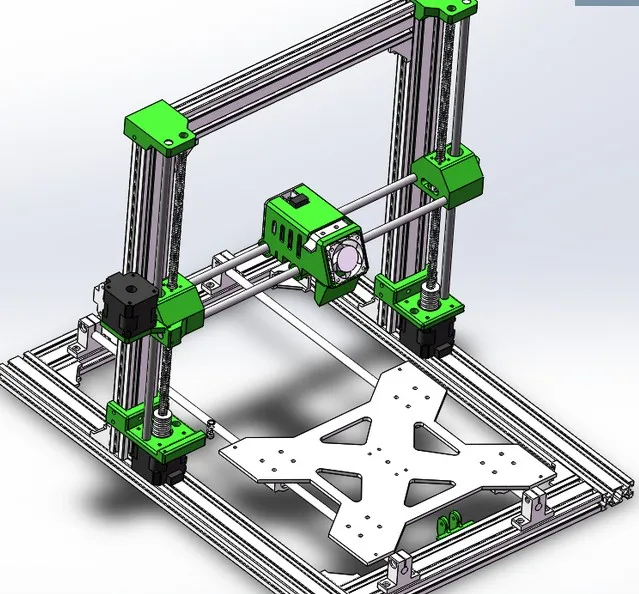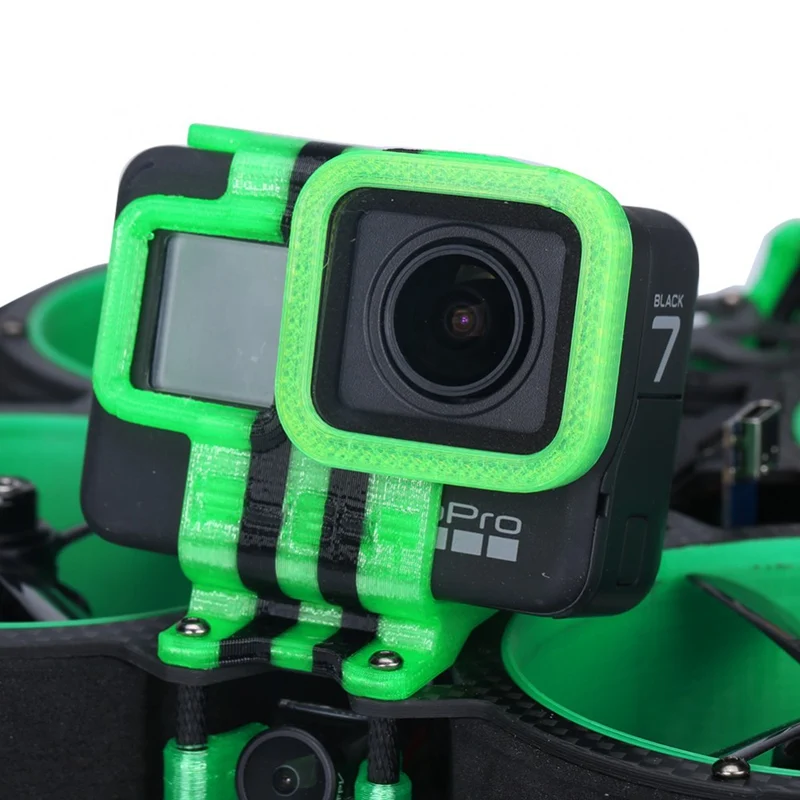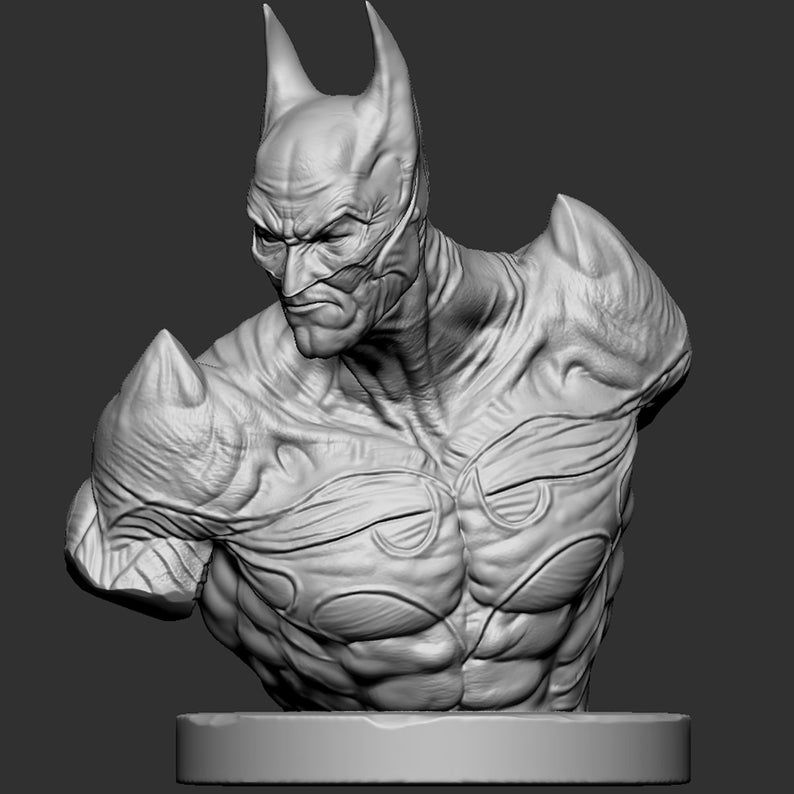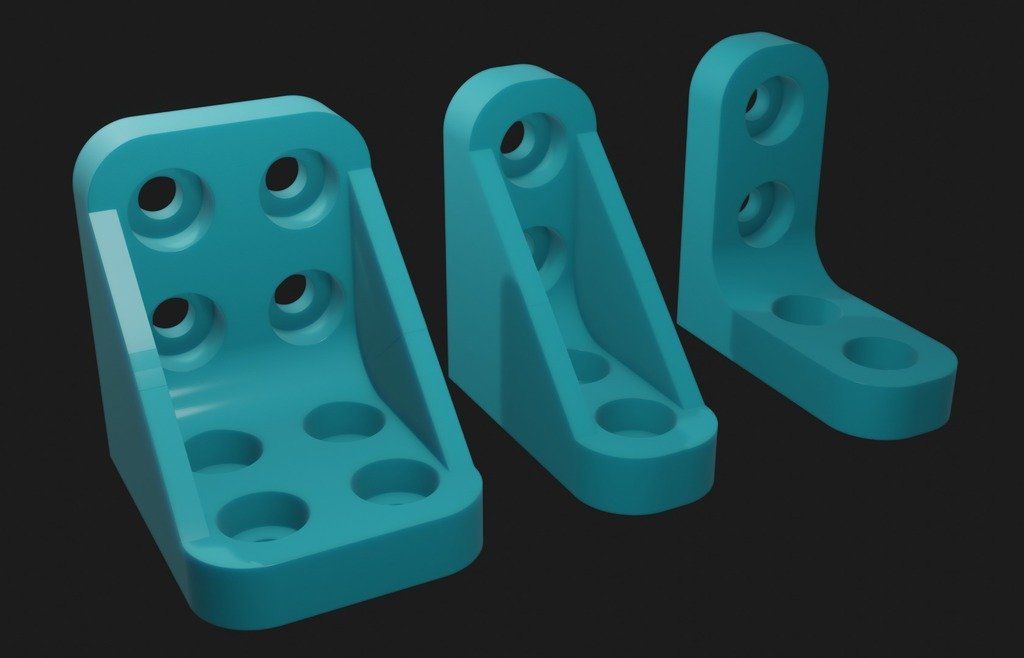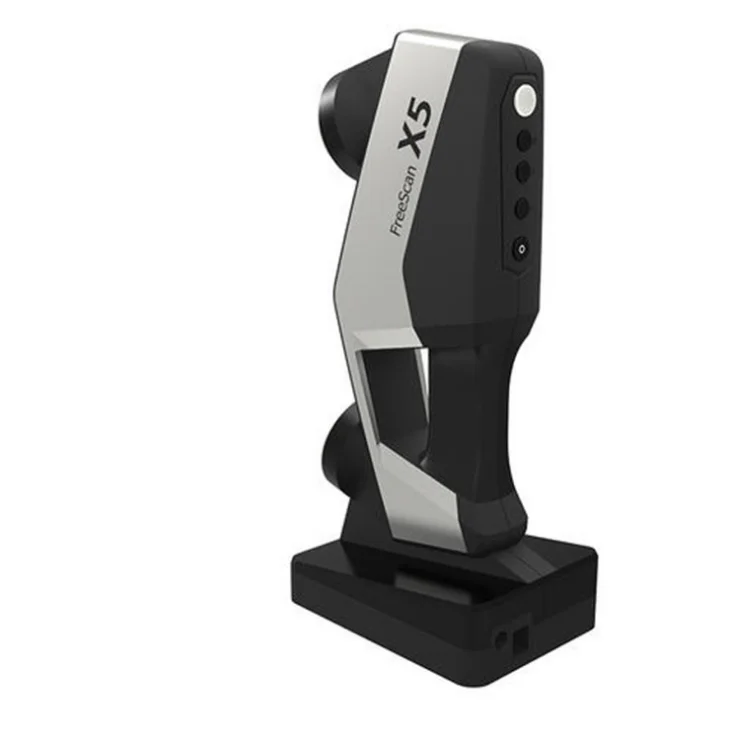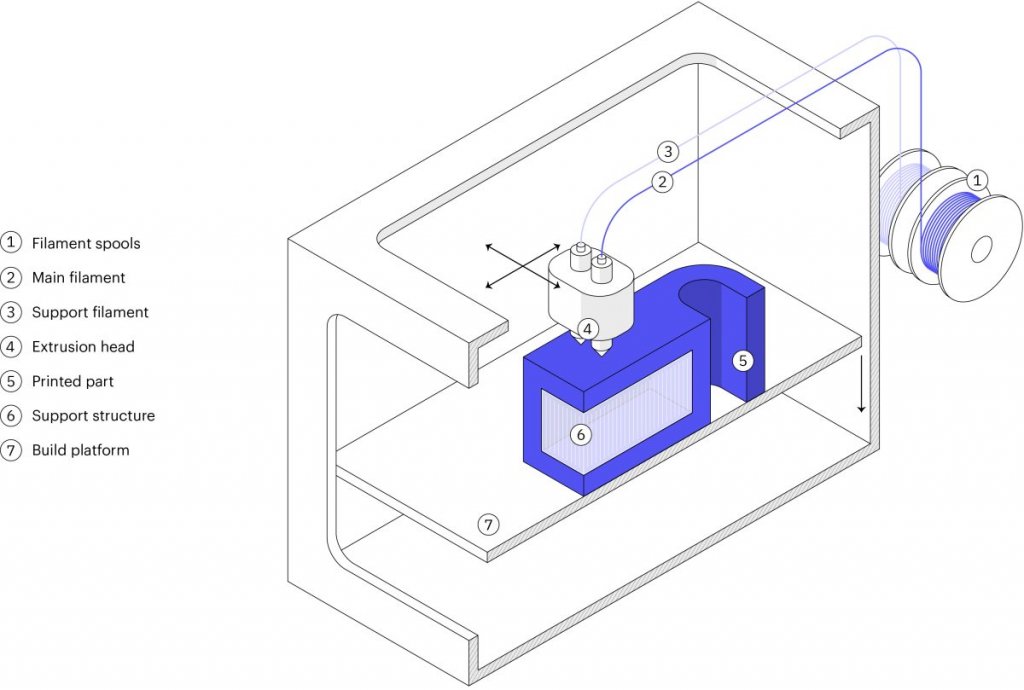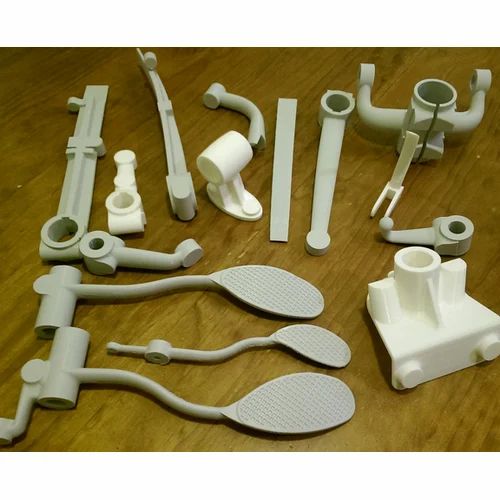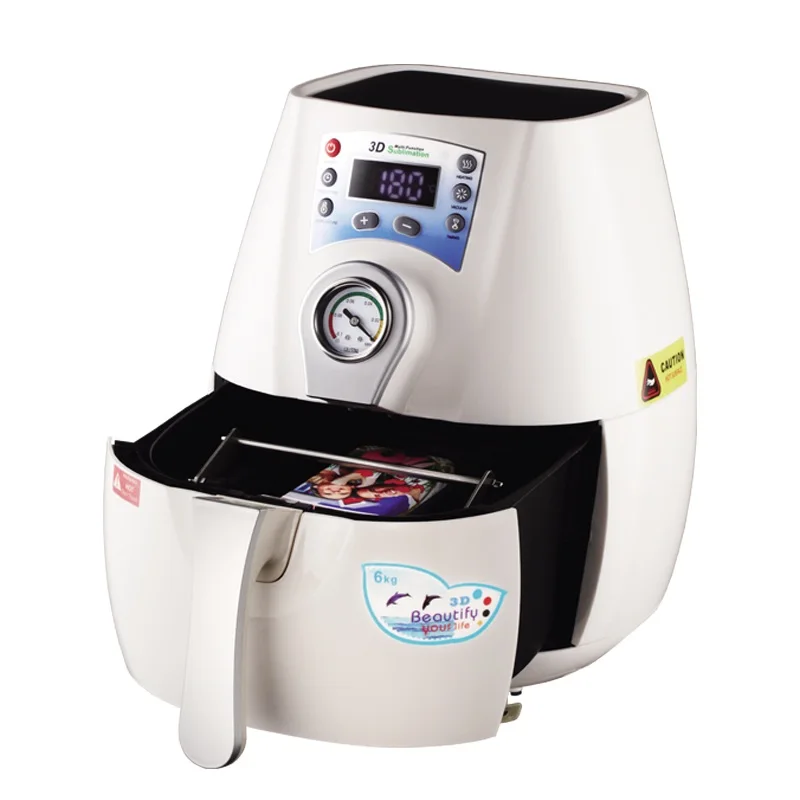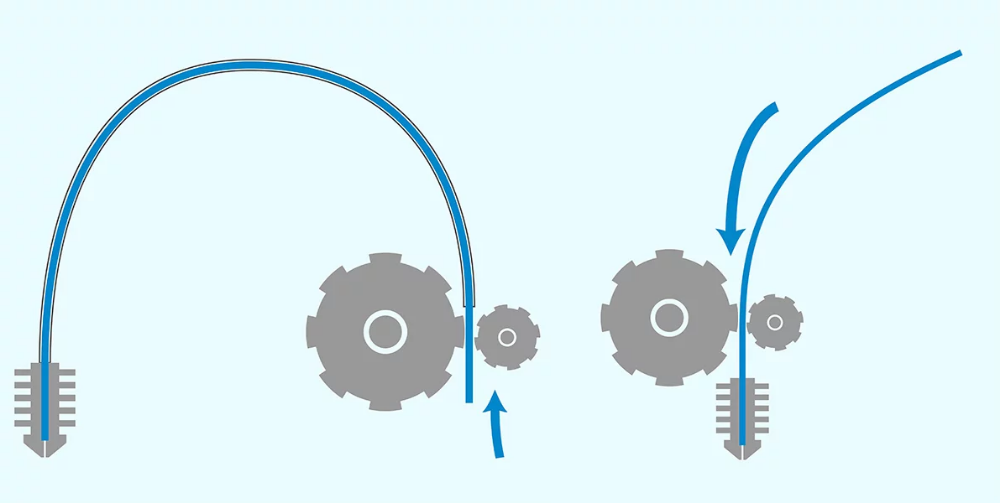3D printing cocktail
PRINT A DRINK
ABOUT
ABOUT
As a pioneer it pushes the boundaries of additive manufacturing into an entirely new field. Despite its high degree of innovation, PRINT A DRINK is a very flexible process. For the 3D drinks, conventional fruit juices, syrups, water and alcohol can be used. The printing process works without artificial ingredients.
PRINT A DRINK is the world´s first 3D printing technology for drinkable liquids. The technology merges methods from robotics, life sciences and design to explore a completely new field of 3D-printing. Rather than building up objects layer by layer, the process uses a high-end industrial robot to accurately inject microliter-drops of edible liquid into a cocktail. Within a minute, PRINT A DRINK can build up complex 3D structures in a wide range of drinks – creating fascinating augmented cocktails using only natural ingredients.
EXPERIENCE
EXPERIENCE
For further information please contact us at
Fascinate your guests and clients with a live 3D cocktail session. For events and exhibitions, we developed a compact setup with our robotic arm and a mobile bar. Printing a cocktail takes only a minute – thus with only one robot hundreds of drinks can be served per evening. The process works with a variety of different drinks, colours and 3D patterns. It´s also possible to program custom designs for unique cocktail creations.
CONTACT
more information at [email protected]
based in Linz / Austria
developed by Benjamin Greimel
PRINT A DRINK
ABOUT
ABOUT
As a pioneer it pushes the boundaries of additive manufacturing into an entirely new field. Despite its high degree of innovation, PRINT A DRINK is a very flexible process. For the 3D drinks, conventional fruit juices, syrups, water and alcohol can be used.
PRINT A DRINK is the world´s first 3D printing technology for drinkable liquids. The technology merges methods from robotics, life sciences and design to explore a completely new field of 3D-printing. Rather than building up objects layer by layer, the process uses a high-end industrial robot to accurately inject microliter-drops of edible liquid into a cocktail. Within a minute, PRINT A DRINK can build up complex 3D structures in a wide range of drinks – creating fascinating augmented cocktails using only natural ingredients.
EXPERIENCE
For further information please contact us at
Fascinate your guests and clients with a live 3D cocktail session. For events and exhibitions, we developed a compact setup with our robotic arm and a mobile bar. Printing a cocktail takes only a minute – thus with only one robot hundreds of drinks can be served per evening. The process works with a variety of different drinks, colours and 3D patterns. It´s also possible to program custom designs for unique cocktail creations.
EXPERIENCE
CONTACT
more information at [email protected]
based in Linz / Austria
developed by Benjamin Greimel
PRINT A DRINK
Print a Drink 3D Prints Designs Inside a Cocktail, Develops Smaller Machine for Corporations
by Chris Albrecht
Filed under:
We’ve seen 3D printers create cake decorations, personalized vitamins, and even cultured beef.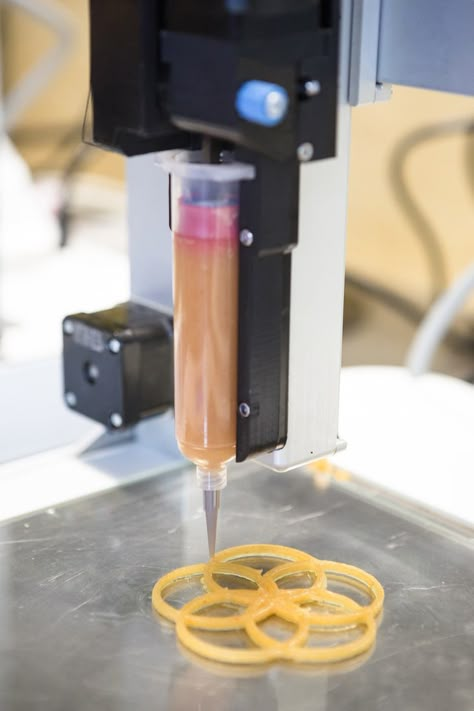 And now, thanks to Print a Drink’s robot, we’ve seen custom designs printed inside a cocktail. You might think such beverage witchcraft would be impossible. I mean, how could a design be suspended and hold its shape in anything other than a jello shot? Turns out it just takes the right drink, the right droplet and the precision of a robotic arm.
And now, thanks to Print a Drink’s robot, we’ve seen custom designs printed inside a cocktail. You might think such beverage witchcraft would be impossible. I mean, how could a design be suspended and hold its shape in anything other than a jello shot? Turns out it just takes the right drink, the right droplet and the precision of a robotic arm.
Based in Austria, Print a Drink has actually been around for three years. It was started by Benjamin Greimel as a university research project. Since that time, Print a Drink has created two working robots (one in the U.S. and one in Europe) that up until the pandemic would travel to special events and conferences printing out custom designs inside drinks at parties and such.
So how does it work? Print a Drink uses a robotic arm with a custom-made printer head attached to it. The robot uses a glass needle to inject a food-grade, oil-based liquid inside a drink. The drink itself needs to be less than 40 percent alcohol and can’t be a straight shot of something like vodka or whiskey because the injected beads won’t hold and will float to the surface.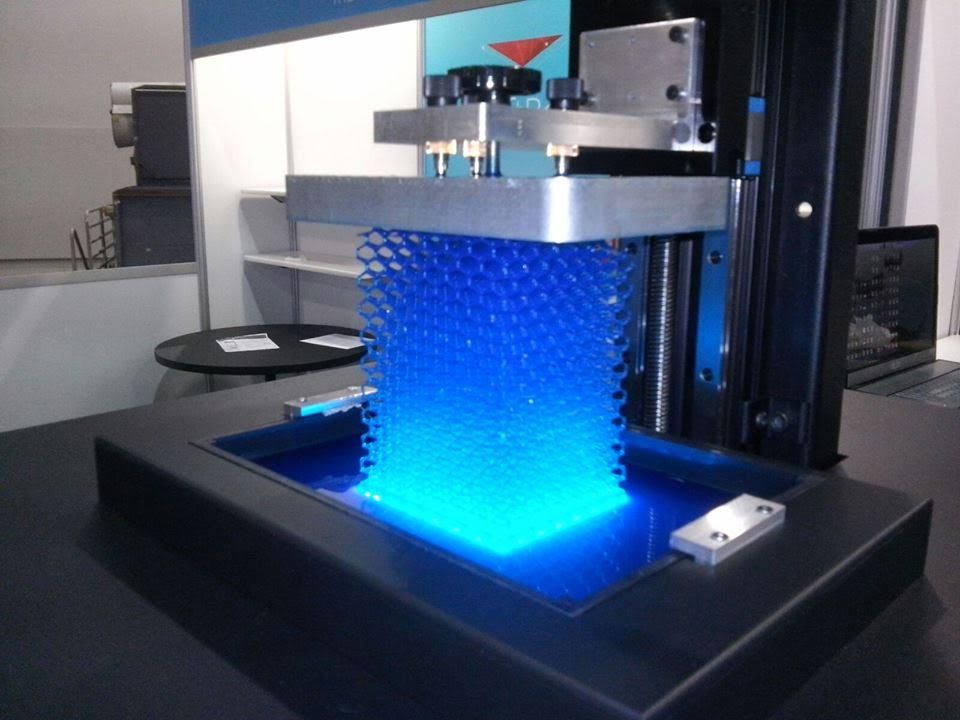 Greimel explained to me via video chat this week that the combination of liquid density, temperature and robotic movement allow the designs to last for roughly 10 minutes before dissipating.
Greimel explained to me via video chat this week that the combination of liquid density, temperature and robotic movement allow the designs to last for roughly 10 minutes before dissipating.
Coordinating all those puzzle pieces is complicated to say the least. In addition to setting up the robot at an event and operating it, there are specific requirements around drinks that can be used, and designs need to be uploaded into the robot. Plus, there are safety concerns because the robotic arm does move about pretty quickly. Because of all those reasons, Print a Drink’s business has been around renting the robot ($2,500 – $5,000, depending on the event) and not selling them outright. In addition to all of the complications above, staff would need to be trained properly on how to use the machine, and chances are good that the people operating the devices are not roboticists who can troubleshoot.
To make Print a Drink more accessible, Greimel and his partner (the only two people at the company) have developed a smaller, self-contained version of the robot that is roughly the size of a countertop coffee machine. But don’t expect a consumer version for your next backyard soirée. This smaller version is still complicated, and still requires training, so the company is targeting large corporations like Disney or a hotel chain like Hilton where it could be installed and used for special events or promotions. Greimel said the first prototype of this smaller Print a Drink will be available in the next week.
But don’t expect a consumer version for your next backyard soirée. This smaller version is still complicated, and still requires training, so the company is targeting large corporations like Disney or a hotel chain like Hilton where it could be installed and used for special events or promotions. Greimel said the first prototype of this smaller Print a Drink will be available in the next week.
Though more specialized, Print a Drink is part of a bigger automation movement happening with booze right now. In addition to robot-powered bars like Glacierfire popping up, we’re also seeing automated drink dispensing vending machines from Rotender and Celia start to hit the market. It’s not hard to see all of these types of robots working in tandem, however, with a robo-bartender pumping out standard cocktails, while Print a Drink prints up specialty drinks customized for special occasions. We’ll drink to that.
Get the Spoon in your inbox
Just enter your email and we’ll take care of the rest:
Find us on some of these other platforms:
Tagged:- 3d printing
- 3d printing drinks
- Print a Drink
- robot bartender
- robots
Best STL Files for Cocktail・Cults
3D PrinterCOCKTAIL BUFIOL
Free
Cocktail Party
Free
Neon LED drink
2. 35 €
35 €
Mini cocktail bar
Free
nine0002 Diamond Martini Glass Drink Cocktail Cup3,48 €
Double spiral straw
0,57 €
jigger
1.71 €
Coasters - tropical leaves
2,90 €
lemon cocktail
0.50 €
Cocktail Muddler (no support required)
Free
Flower theme with a bow
Free
12 SHOT DISPENSER v3.1
Free
Serpent Ring Serpent Ring
18 €
nine0002 Molotov hoops 0.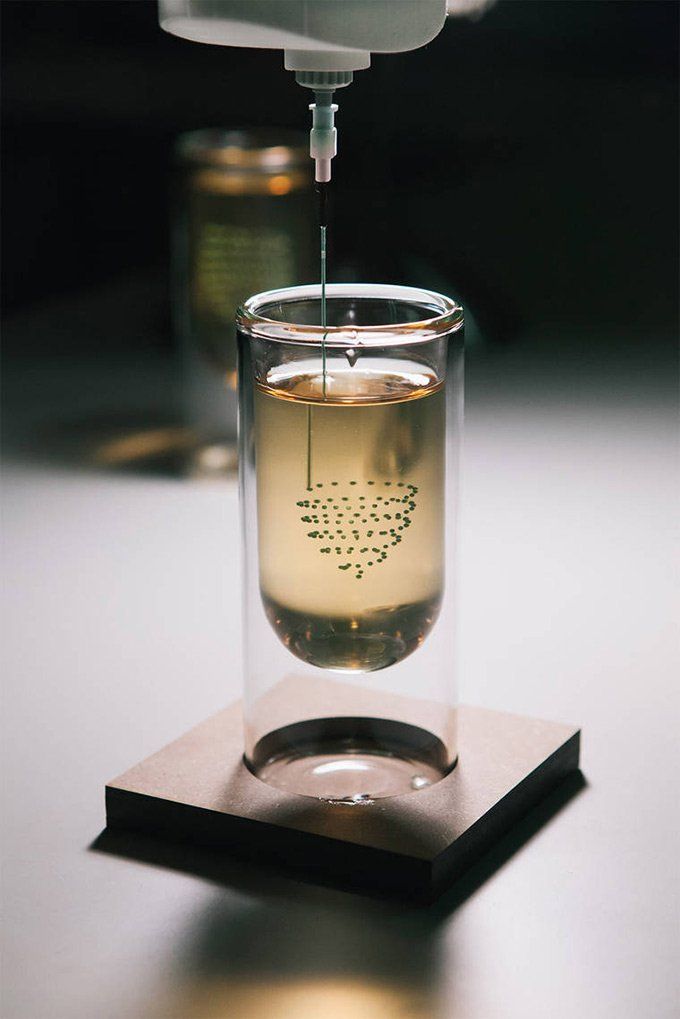 59 €
59 €
Pineapple cookie cutter
2.11 €
Mojito Tuyette
Free
Snack Buoy
Free
cocktail cutter
1.67 €
cocktail cutter
1.80 €
cocktail cutter
1.67 €
cocktail cutter
1.73 €
napkin ring bar restaurant
5 €
Screw cap for jar
0,50 €
Wine jug
0.94 €
Wine glass
0.94 €
BARTENDER BOY 4
10 €
BOY BOY 3
10 €
BARTENDER BOY 2
10 €
Bar foreman boy 1
10 €
nine0002 GIRL BARTENDER 410 €
GIRL IN THE BAR 3
10 €
Beverage dispenser with tap 3 l
Free
BAR GIRL 2
10 €
barmaid 1
10 €
Cocktail girl
€12.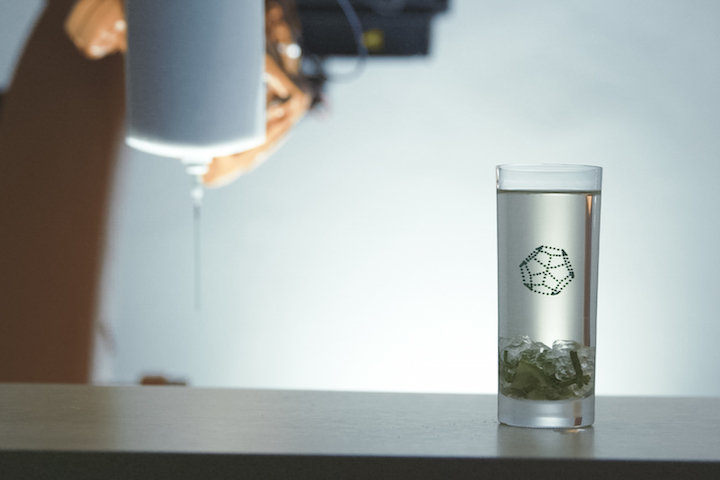 50
50
Costers
2 €
trident
2,50 €
Die cutter for biscuits "Cocktail"
2,35 €
Cocktail napkins and remote holders
1.41 €
Cocktail Sprinkler
2 €
Canape (cocktail stick) SMILES
1,25 €
Arcade cabinet - Midway - Pacman - Cocktail
Free
Set of 12 zodiac stirrers for cocktails
1 €
Club H Stirrer
1.50 €
nine0002 Hurricane cocktail glass1 €
Cocktail separator
Free
Funnel Blu
0.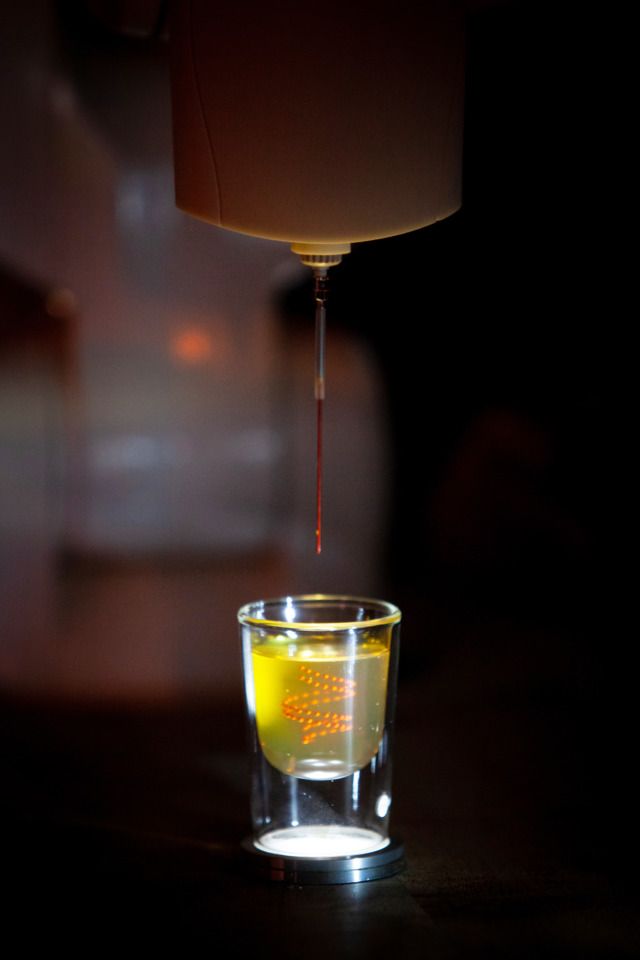 99 €
99 €
Lemon Juicer
1.34 €
Virtual cocktail, edible display and 3D products
Increasingly, nowadays scientists present unique developments related to virtual possibilities and 3D technologies. Now food 3D printers are on display. With their help, you can create unique products from chocolate, sugar, pasta, draw on the surface of drinks. Scientists have also created a television screen that can convey the real tastes of products. What about a virtual cocktail, even though the glass contains only water? In addition, thanks to 3D technology, there are already projects such as the 4-Mation zootrope and the 3D-patterned road crossing. nine0005
How 3D food printers can create real masterpieces
The first 3D food printers created products from foamy mass. / Photo: svit24.net
With the development of technological progress, unique technologies appear that provide great opportunities for imagination. We are talking about food 3D printers. Nowadays, this is no longer an attribute of science fiction films and NASA interests, but the reality of the modern world. With these technologies, confectioners and chefs can turn a dish into a work of art. After all, the task of the master is not just to satisfy hunger, but also to turn the meal into something unforgettable. The main advantages of 3D food printers are that all dishes are created quickly, taking into account their complexity and originality. nine0005
We are talking about food 3D printers. Nowadays, this is no longer an attribute of science fiction films and NASA interests, but the reality of the modern world. With these technologies, confectioners and chefs can turn a dish into a work of art. After all, the task of the master is not just to satisfy hunger, but also to turn the meal into something unforgettable. The main advantages of 3D food printers are that all dishes are created quickly, taking into account their complexity and originality. nine0005
3D food printers create masterpieces from chocolate, sugar and other products.
The first such printer appeared in 2010 thanks to a group of American scientists. It became a real sensation. The principle of operation was simple. The loaded products were first cooled and then mixed, turning into a paste. Next, the printer began to recreate the finished product. Moreover, this technology made it possible to create new dishes with a certain taste, aroma and nutritional value.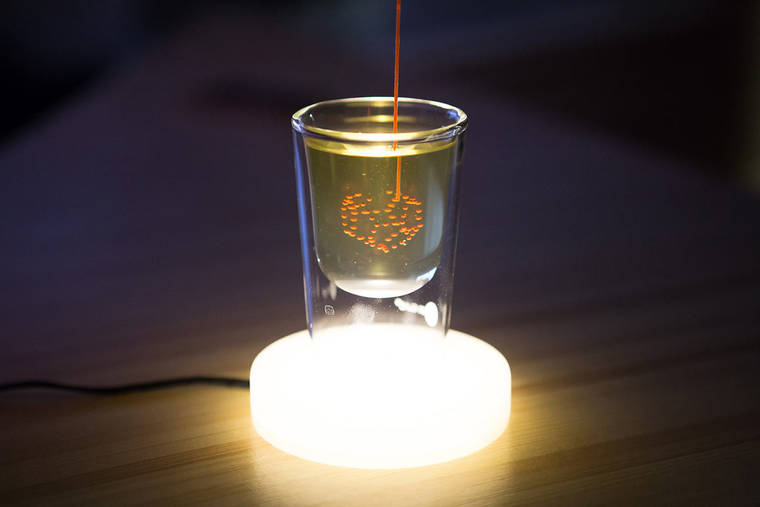 Scientists have managed to invent several types of 3D food printers that are very popular with confectioners and chefs:
Scientists have managed to invent several types of 3D food printers that are very popular with confectioners and chefs:
1. Barilla (Italy) uses a food 3D printer to create pasta of an unusual shape.
2. You can print figurines or tiles using chocolate. This technology was first proposed in 2011 in the UK. In this case, layering of chocolate occurred. You can also create any inscriptions and three-dimensional figures.
3. 3D sugar printing. Such products are often used to decorate wedding cakes and are used for original serving in world-class restaurants. nine0005
Also in demand is 3D printing on drinks, pancakes and any dishes. It is not only convenient, but also creative. 3D printing technology for meat is currently in development.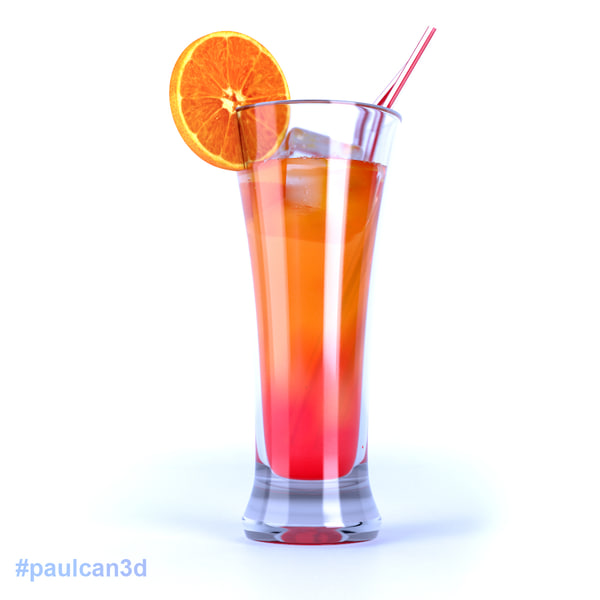 Redefine Meat specialists will offer to print whole meat dishes on a natural basis.
Redefine Meat specialists will offer to print whole meat dishes on a natural basis.
Can a screen become edible
Human abilities can sometimes truly surprise. If earlier the TV was intended only for watching movies and programs, now you can even taste it. This is not a joke, but a reality. This was made possible thanks to Professor Gomei Miyashita from Japan. The fact is that he is the developer of the one-of-a-kind television screen Taste the TV. Its surface consists of special hygienic films. Inside there are 10 containers with various flavors, which are served on the films. nine0005
Professor Ghomei Miyashita created a unique edible television screen. / Photo: grozniy.bezformata.com
SEE ALSO: Adrenaline in Chinese style: a rainbow in a bookstore, a bridge with a glass floor and other breathtaking projects
Using a special computer program, the liquids are mixed after how a particular product will appear on the screen. This creates a taste that matches a particular product. The professor is confident that his development will be able to take a person to any restaurant in the world and diversify his life even within the walls of the house. This has become especially relevant during the coronavirus pandemic. He presented his development to the public at the end of December 2021, having worked on it for a whole year. nine0197
This creates a taste that matches a particular product. The professor is confident that his development will be able to take a person to any restaurant in the world and diversify his life even within the walls of the house. This has become especially relevant during the coronavirus pandemic. He presented his development to the public at the end of December 2021, having worked on it for a whole year. nine0197
Mixing of liquids occurs after a particular product appears on the screen.
So far, this development has not entered mass production, although it has attracted the attention of specialists with its creativity. In the future, it can be useful not only to ordinary people, but also to chefs or sommeliers in the process of training programs. Perhaps the screen will be used for special exams or competitions. If it appears on free sale, then its cost will fluctuate within 1 thousand dollars. nine0005
A virtual cocktail as a means of vivid sensations
A group of scientists from Singapore led by Nimesh Ranasing conducted a number of experiments that helped to obtain new developments.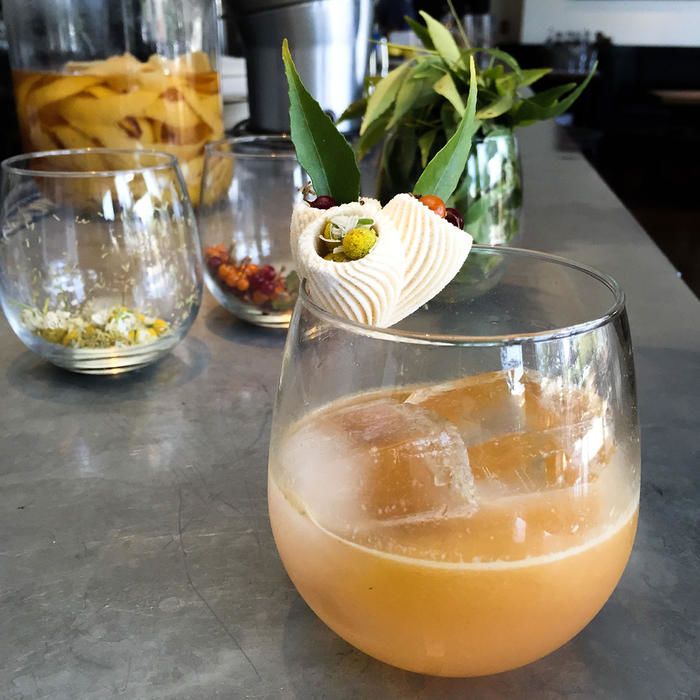 One of them is the Vocktail, or "virtual cocktail", which can masterfully deceive human perception by turning water into complex mixtures. In this case, there are no changes in the chemical composition of the liquid, but only human sensations.
One of them is the Vocktail, or "virtual cocktail", which can masterfully deceive human perception by turning water into complex mixtures. In this case, there are no changes in the chemical composition of the liquid, but only human sensations.
A person drinks ordinary water, but perceives it as an exquisite cocktail. / Photo: 24gadget.ru
To try Vocktail, you need a special program and a glass of liquid. LEDs affect water by changing its color. Therefore, in a glass, a person sees not water, but a colored liquid. Next, there is a small electrical stimulation on the taste buds of the tongue. When the taste is determined, aromatic gas is supplied through the tube in the glass, getting into the liquid. In fact, a person is skillfully deceived by turning plain water into an exquisite cocktail. It is possible that in the future this technology will be used in diet therapy. After all, it will be possible to drink your favorite drinks, excluding extra calories.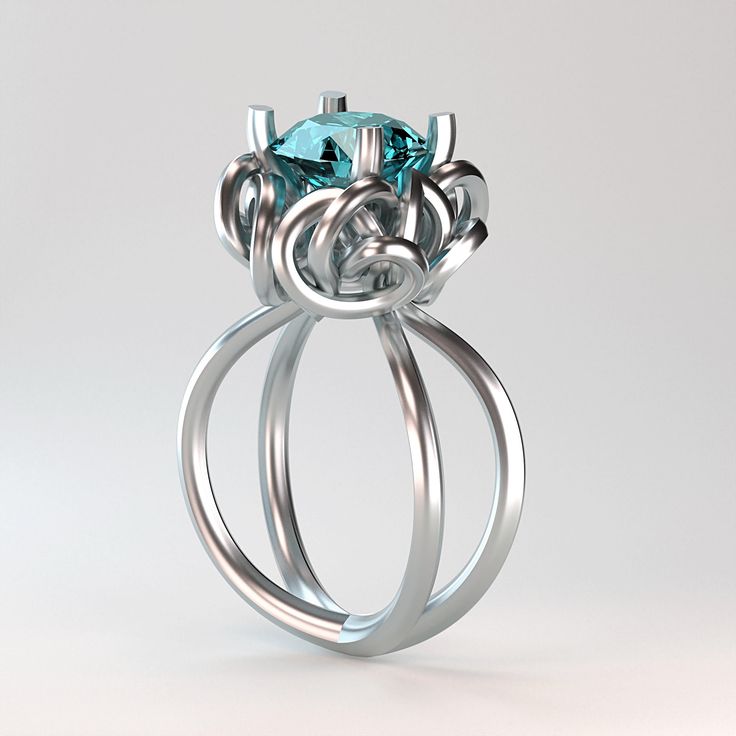 nine0005
nine0005
3D road zebra and 3D zootrope
Drivers see the 3D zebra as a three-dimensional pattern from a distance and brake.
Residents of the small Icelandic town of Isafjörður figured out how to subdue drivers who drive on the roads, endangering pedestrians. They developed an unusual project for a pedestrian crossing. Invited artists depicted the zebra in 3D, giving the drawing a three-dimensional dimension. By the way, such techniques have been used by the authorities of the Indian city of New Delhi for several years now. So they were able to improve traffic safety on the roads, and pedestrians were given the opportunity to safely cross the highway. nine0005
Drivers who see such markings hovering in the air slow down and make sure to slow down in front of the zebra. Who wants to face "concrete blocks" on the road. And all because they see an unusual optical illusion in front of them. By the way, drawing a picture in 3D is not so easy. Irish road workers had to train for at least a month, and only then get to work. Now the 3D zebra is a local landmark.
Irish road workers had to train for at least a month, and only then get to work. Now the 3D zebra is a local landmark.
SEE ALSO: The artist revived 3D drawings in the air using modern technologies
Zoetrope is no less interesting. This unusual toy was known in antiquity. Despite the different names, the principle of operation was the same. When moving, the images in the zootrope quickly replace each other, and the human eye combines them into a single picture. The name zootropic was patented in 1860 by American William Lincoln. Although up to this point it was called the "devil's wheel." nine0005
Indeed, this toy was a drum on which images were applied. It was set in motion by a special handle that had to be twisted.


